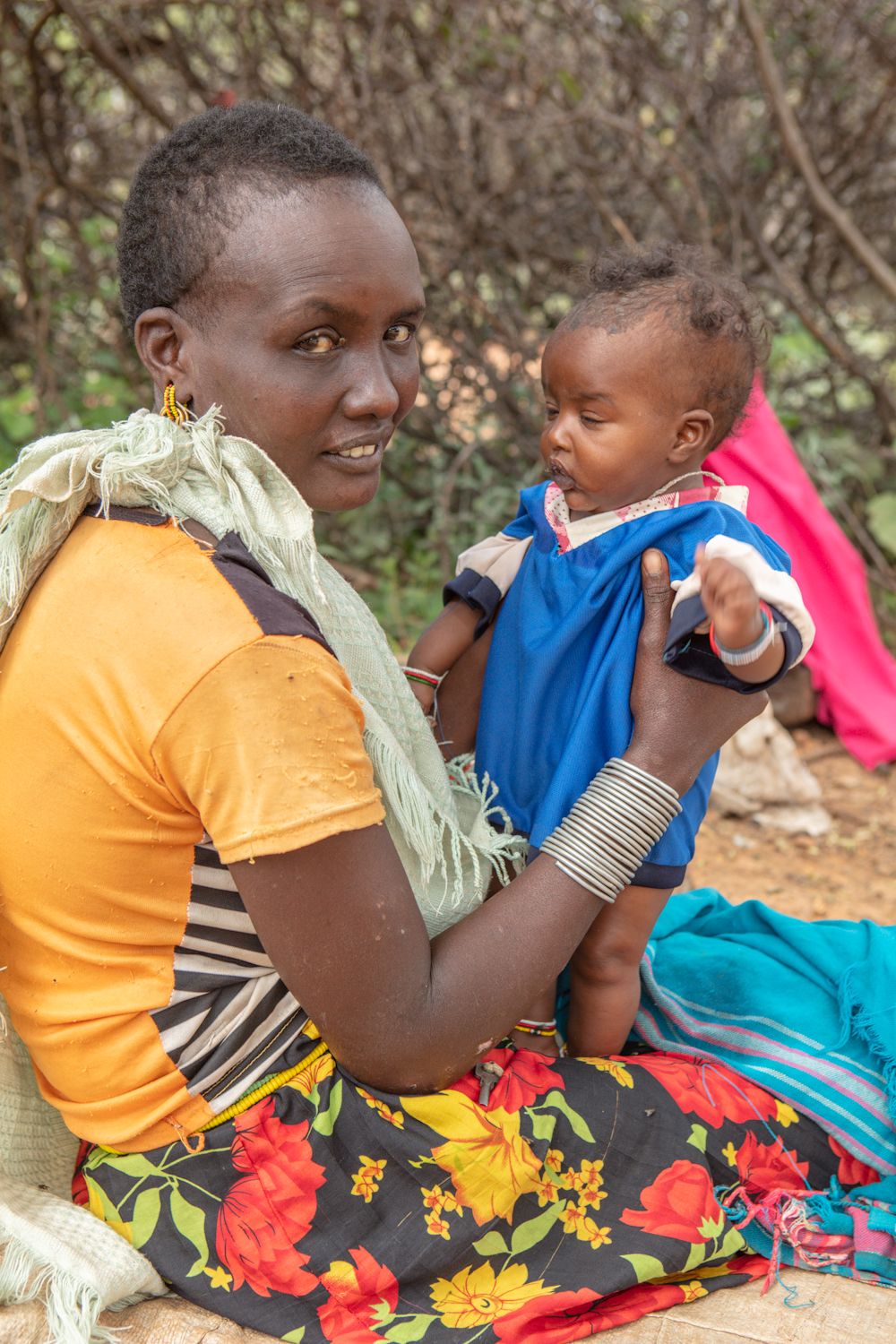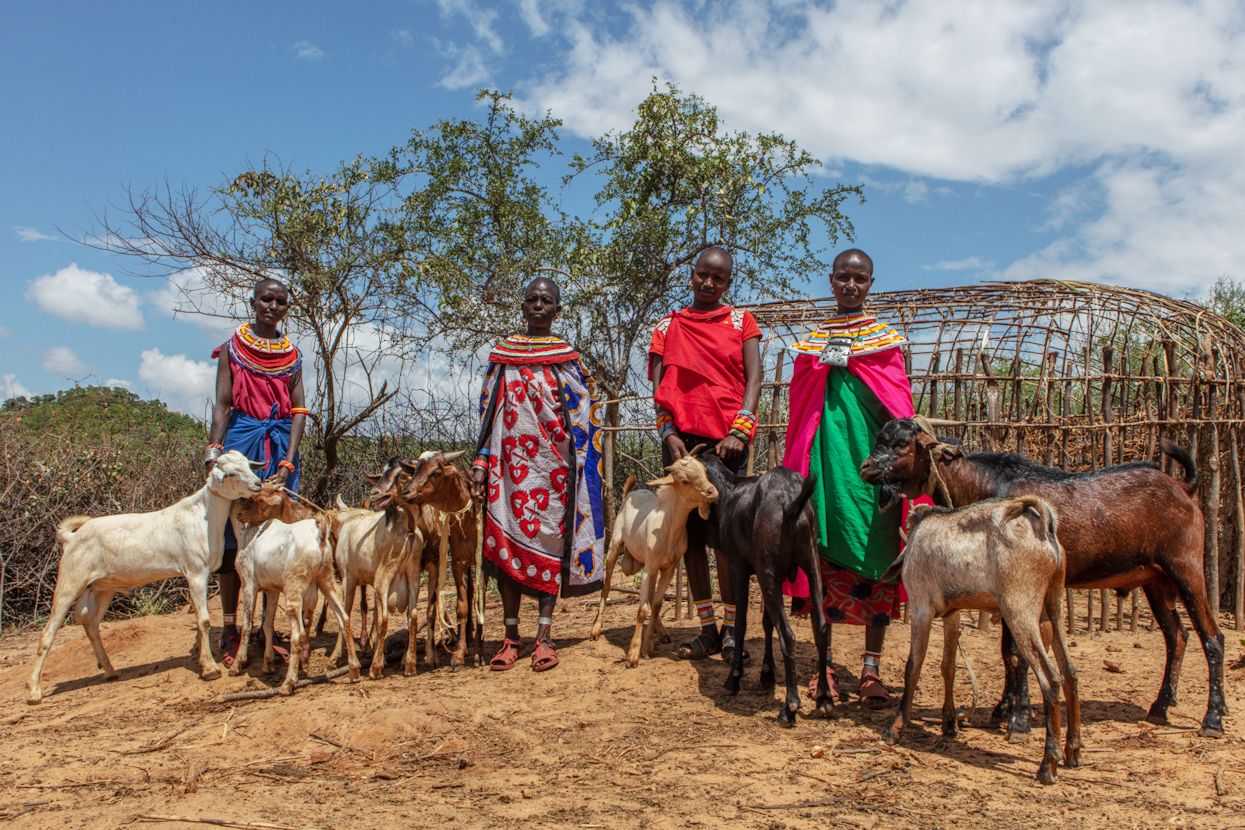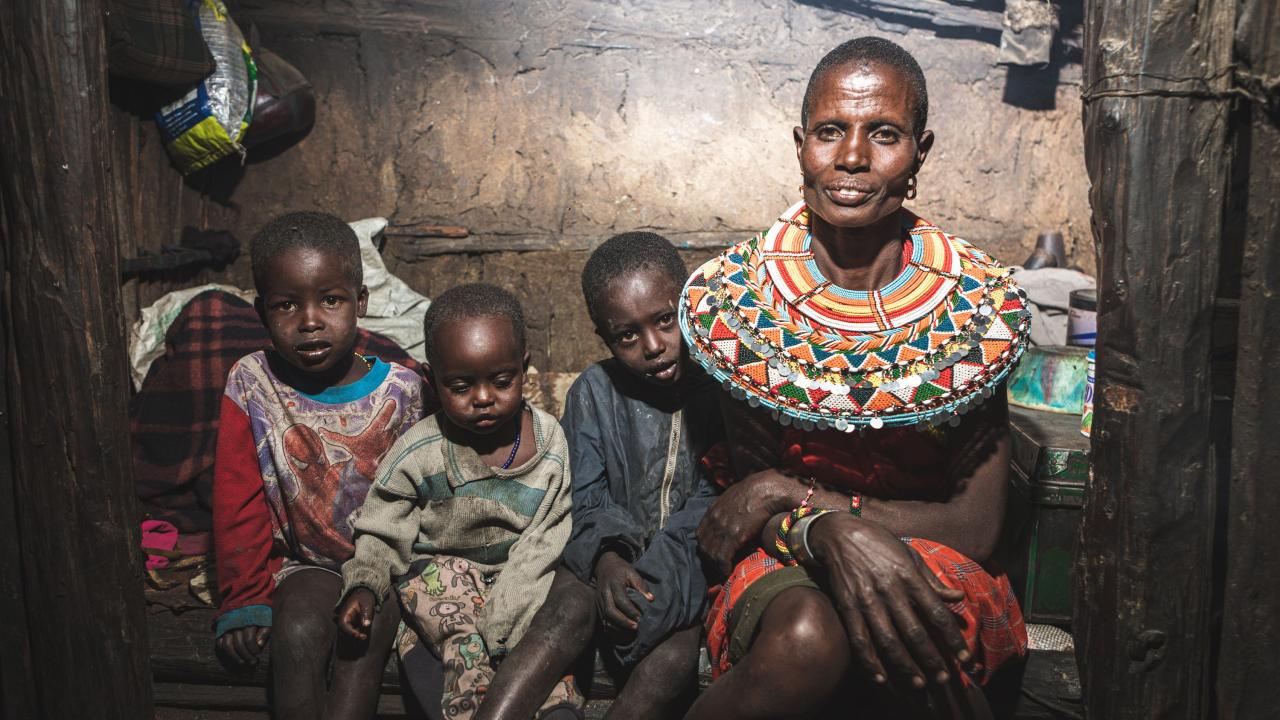In the Aesop’s fable “The Fox and the Grapes,” a fox finds a grapevine trained along the branches of a tree. The grapes look delicious, but each time he jumps to get them they are just out of reach. Eventually he declares that he doesn’t want those grapes because they were probably sour anyway.
For Michael Carter, a distinguished professor of agricultural and resource economics at UC Davis, the fable is one way to understand part of what holds back many of the 800 million people worldwide who go to bed hungry at night. A young mother who wants a better life for her daughter can either keep hope and risk failure or give up and decide that even a basic education is not in her daughter’s future.
“People don’t want what they think they can’t have, and that’s how we stay mentally healthy,” said Carter. “Right now in Kenya we’re testing if the right kind of support can actually shift what people believe is possible for them to achieve.”
Putting a Better Future Within Reach in Kenya
In Samburu, Kenya, a dry region in the country’s north, the late March rains didn’t come and now everyone is waiting for the next rainy season that usually begins in August. If those rains arrive, it would be the first real rain in two years.
Our prior research suggests that if people believe it’s possible to reach a higher standard of living, that can quickly become a virtuous circle.” — Michael Carter
“Things will be really hard in the times ahead,” said Tom Lenaruti, program manager for The BOMA Project in Samburu where he grew up and currently lives. “I know from now there is another four months to go before the rains, and those four months will be a long time of suffering.”
The BOMA Project is an international NGO, or nongovernmental organization, known for its prominent poverty graduation programs for women. Its flagship program, the Rural Entrepreneur Access Program provides the poorest women in Samburu’s pastoralist communities training, mentorship and grants to small groups of women to start businesses.
However, for some even this comprehensive support might not be enough. REAP requires extra work for women who already have a lot to do just to take care of themselves and their children. Their success could depend on whether they believe a better future is possible.

Carter has been evaluating the impacts of REAP in Samburu since 2018 with core funding from the United States Agency for International Development through the Feed the Future Innovation Lab for Markets, Risk & Resilience, which he directs.
“Our prior research suggests that if people believe it’s possible to reach a higher standard of living, that can quickly become a virtuous circle,” said Carter. “When we had the opportunity to test this idea in Samburu with The BOMA Project, I thought it would be really important.”
Shifting Preferences in Kenya
To test whether REAP shifted beliefs and hopes, he and his team developed a “Ladder of Life” survey that asked participants where they were in terms of economic status. The lowest step might be characterized by a lack of adequate food while the highest represents the local idea of wealth.
Carter had used a Ladder of Life survey in Colombia 10 years ago with economist Andres Moya, who at the time was his Ph.D. student at UC Davis. That study tested the idea that the experience of violence affected people’s hopes and expectations for the future. The results showed that people who were more exposed to violence were much more pessimistic about their future prospects, and this pessimism was strongly associated with their future poverty.
“It was as if the households exposed to violence lived in a different economy, with dimmer prospects for upward mobility,” said Carter.
In Samburu, the Ladder of Life survey would test a different idea: whether REAP generated hope, increasing the value women put on moving up. This survey was a way of measuring changes in women’s preferences, almost in real time.
Gains Made Possible by Hope
In April, Carter reported results from surveys taken in 2020 with the first group of women to complete the full two-year REAP program. REAP participants who completed the full 24-month program had built up, on average, 324 percent more in business assets than women living in communities where REAP was not offered. They also reported 32 percent more in total annual household cash income and 509 percent more in cash savings.
The Ladder of Life survey showed that women in REAP reported striking differences in their hopes for the future compared to women who were not in the program. Based on the Ladder of Life surveys, many had moved up one or even two steps since joining the program. Families who might not have had enough to eat every day had become food secure and had a reliable income.
The women in REAP also attached far greater value to moving up another step or more, which is evidence of the virtuous circle Carter was testing for.
“We found that this program relaxed constraints enough that participants were willing to work harder to achieve something they value,” said Carter. “Putting a stronger livelihood within reach emboldened women to do what it takes to achieve it.”
Carter and his team also found that many of these benefits also reached women who had neighbors taking part in the REAP program but who did not take part in it. It was as if seeing neighbors succeed removed barriers to trying for more on their own. These added benefits increased the total impacts of REAP by about 20 percent.
Insurance for a Lifeline During Drought
Since that 2020 survey, a lot has changed. Not only did the rains not come, but the government response to the COVID-19 pandemic shuttered markets that just now are reopening in Samburu at a time when no one has the means to buy. Lenaruti, who leads The BOMA Project in Samburu, said that despite their earlier gains, REAP participants have struggled and have shifted their businesses from buying and selling livestock to selling clothes, small food items and animal hides.
Vast hunger could result, said Lenaruti. “If people lose livestock, which is their biggest source of revenue and income, it’s going to be really hard. It even affects the education of their children because it’s the sale of livestock that pays for it.

Right now, Carter and his team are analyzing data to see whether pairing REAP with Index-based Livestock Insurance has helped families to cope. This low-cost form of insurance releases payouts when satellite-based measurements of vegetation in the area predict severe drought.
Carter helped to develop and establish this type of insurance in Kenya in partnership with researchers from Cornell University and the Kenya-based International Livestock Research Institute, which is also a research partner on this evaluation of REAP in Samburu.
“Our idea was that insurance would provide a safety net so the businesses women start with REAP can grow into an independent and self-sustaining source of income,” said Carter.
The opportunity for an independent income is unique in Samburu’s rural communities where women don’t typically own property or control the family’s financial decisions. A small business gives women the chance to make decisions on investments and resources that can change the economic circumstances of their families.
“When women have resources, they have power,” said Lenaruti. “We see the program changing the mindset in our society where women are not able to do anything productive other than taking care of children. A future a form of society where women participate actively in constructive decision-making will shift the lives of their communities.”
Media Resources
Read a related article in UC Davis Magazine here.
